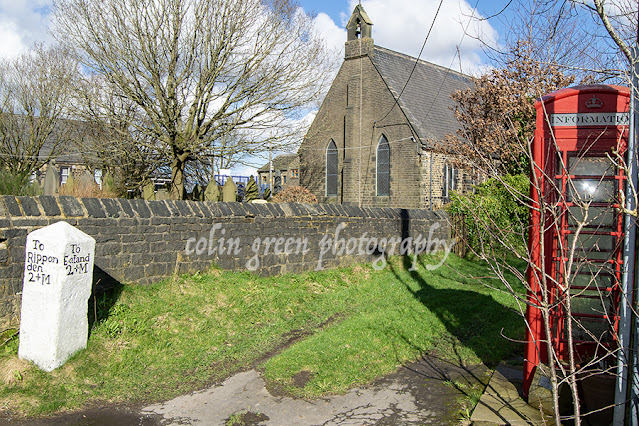This beautifully colorized postcard of Brotton Railway Station truly brings a piece of history to life. It’s more than just a picture of a building; it’s a snapshot of a bygone era, bustling with local life and hinting at the stories held within its brick walls.
Let's take a closer look at what this image tells us about Brotton, a village with deep roots in the ironstone mining industry of North Yorkshire.
The Heart of Brotton: The Railway Station
Brotton Railway Station was a vital artery for the community, especially after the discovery of ironstone in the Cleveland Hills in the mid-19th century. The railway wasn't just for passengers; it was crucial for transporting the extracted ironstone to the smelters in Teesside, fuelling the industrial revolution.
In this image, we see the station's rather grand and substantial architecture, suggesting its importance. The distinctive chimneys and roofline give it a sturdy, almost institutional feel, typical of many railway buildings constructed during the Victorian and Edwardian periods.
Fashion, Faces, and a Fenced Future
The most captivating elements of this photograph are undoubtedly the people. We see a group of children and adults gathered near the station entrance, some looking towards the camera, others seemingly engaged in conversation or movement. Their attire offers valuable clues:
Children: Dressed in simple, practical clothing, many in dresses and pinafores.
Adults: The women's hats and long skirts, and the men's more formal wear (one figure on the left appears to be wearing a cap and coat, while another in the group seems to be in a uniform of some sort, perhaps a railway worker or a local constable), all point to an earlier time.
The presence of the wooden fence along the right side of the image, the unpaved ground, and the general air of a growing, yet still somewhat rural, settlement further inform our perspective. The "WHITBY" sign on the left near the fence is also a wonderful detail, highlighting connections to other local towns and likely signifying the train's destination or a local business.
Dating the Image: A Best Guess
Based on the architectural style of the station, the clothing worn by the people, and the overall feel of the scene, we can make an educated guess about the photograph's date.
Brotton Station opened in 1875. The clothing styles visible, particularly the women's and children's outfits, strongly suggest the late Victorian or early Edwardian period. The formality of dress, even for children, was common until well into the 20th century.
Considering these factors, a likely timeframe for this photograph would be between 1890 and 1910. It captures an era just before the dramatic changes brought about by the First World War and the subsequent shifts in fashion and daily life.
What a wonderful piece of local history brought to life with this colorization! It prompts us to imagine the sounds and smells of the station – the hiss of steam, the whistle of a departing train, and the chatter of villagers going about their day.
Please take a moment to share this post, follow me on social media, and explore my work on Clickasnap and Photo4Me using the links below. Your support means a lot!




































